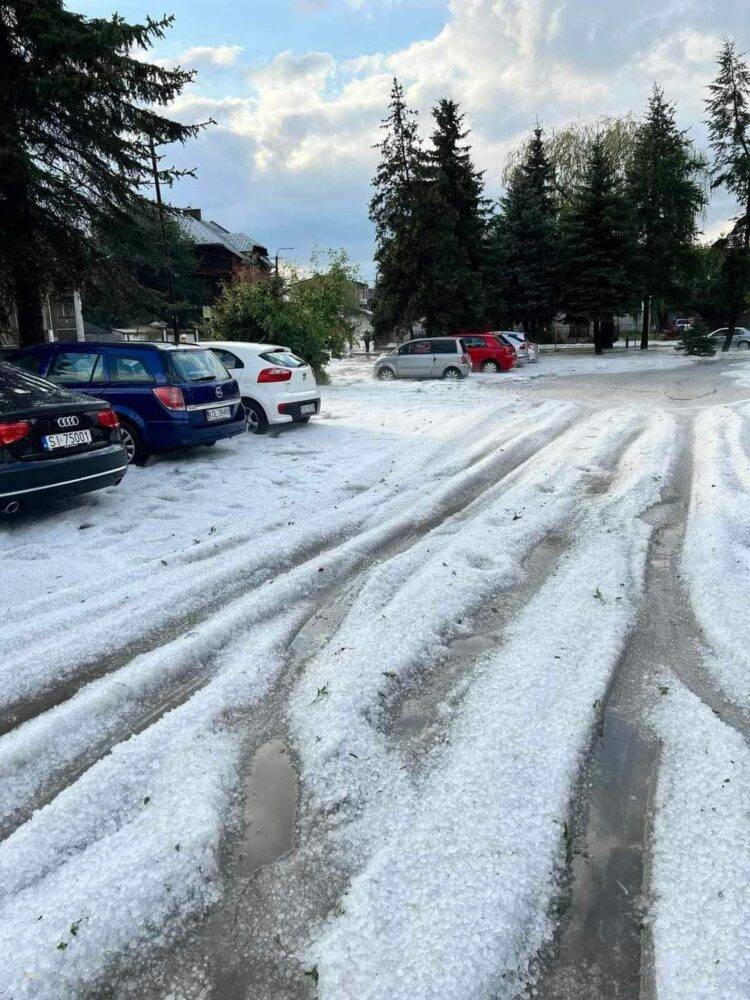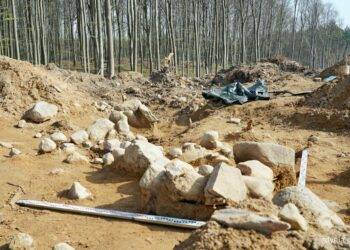A powerful hailstorm struck the town of Wolbrom on Monday, leaving streets covered in thick layers of hail that resembled snow. The storm produced ice pellets several centimeters in diameter, creating drifts nearly a meter high and transforming the summer landscape into a winter wonderland.
Meteorologists explained that the unusual weather event resulted from a specific set of atmospheric conditions. Tomasz Wasilewski, a presenter for tvnmeteo.pl, detailed the process of hail formation. For hail to develop, a vertically extensive cloud must form, driven by strong updrafts from the heated ground into the atmosphere. When the ground temperature reaches about 30 degrees Celsius, clouds can ascend to heights of up to 15 kilometers. As the air cools with altitude, water vapor condenses and freezes, forming ice crystals. These crystals accumulate layers of water as they are lifted higher, eventually growing into hailstones.
Meteorologist Arleta Unton-Pyziołek added that hail is always associated with the temperature profile within clouds. In the spring, the “freezing level,” where the temperature drops to 0 degrees Celsius, is close to the ground, making hailstorms more frequent in May and June. July follows as the third most common month for such events. She noted that summer hailstorms, although less frequent, tend to be more spectacular due to the significant temperature differences involved.
The severe hailstorm in Wolbrom was particularly intense due to a combination of atmospheric fronts. On Monday, a cold front positioned over Małopolska and Podkarpacie met another front extending from Finland to France. This clash brought polar air into contact with warm, tropical air masses from the south. The denser, colder air undercut the warmer air, leading to the development of substantial hail.
Unton-Pyziołek explained that this phenomenon requires a strong collision between warm and cold air masses. The warmer air rises above the cooler air, creating the ideal conditions for hail formation. Without such a dynamic interaction, typical summer heat alone would not suffice to produce hail of this magnitude.
The aftermath of the hailstorm left Wolbrom’s residents in awe as they navigated through streets blanketed with ice. The sight was so extraordinary that it was often mistaken for a snowstorm, despite occurring in the middle of summer. The event highlighted the dramatic and sometimes unpredictable nature of weather patterns influenced by global climatic conditions.


















